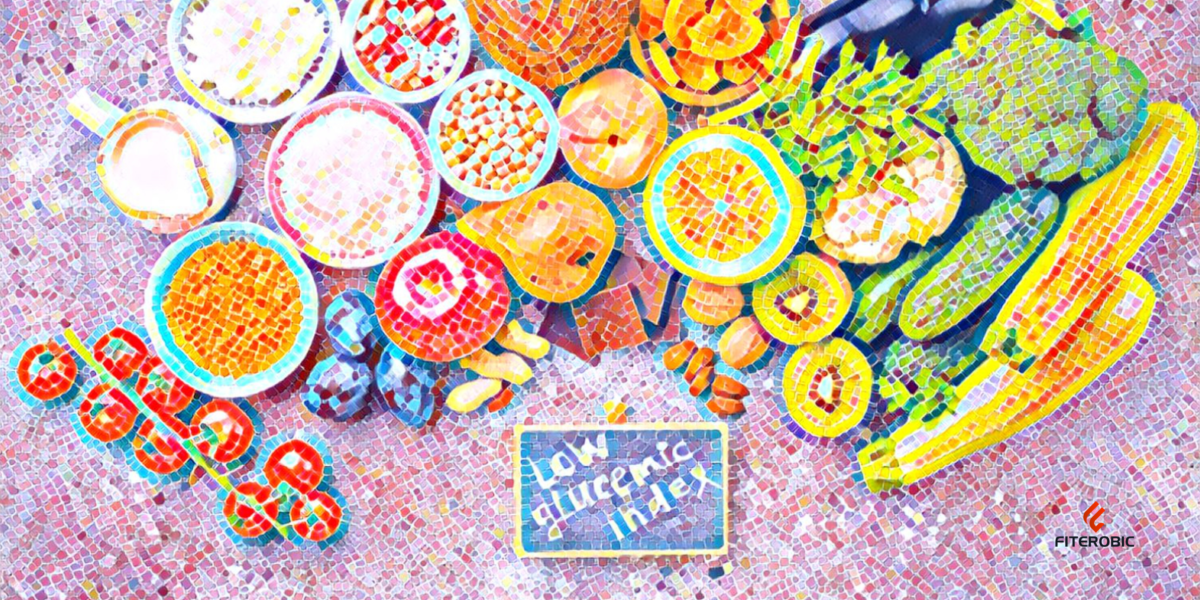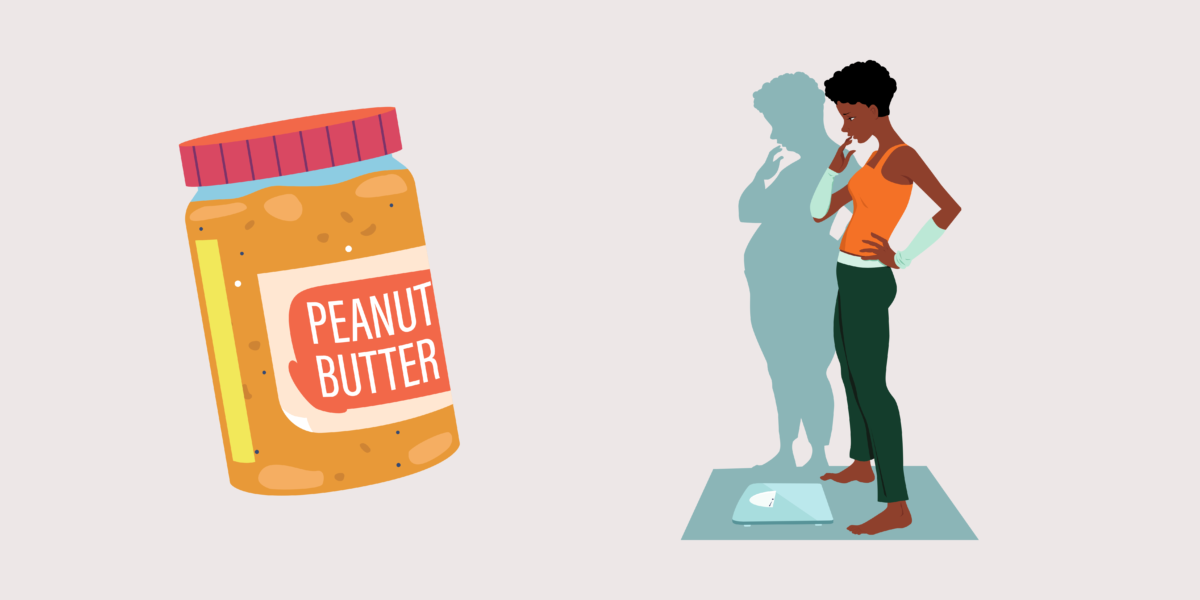
Everything You Need to Know about Glycemic Index and Glycemic Load
[vc_row][vc_column][vc_column_text]
What is the Glycemic Index?
A Glycemic Index (GI) is a rating system assigned to every carbohydrate containing food items. The scale of rating is between 0 and 100, depending on the impact the food items has in raising our blood sugar levels. This number is an indicator of how fast or slow a given food item will raise the blood sugar levels during the digestion process.[/vc_column_text][vc_column_text]The higher the GI number, the quicker the rise in blood sugar levels. Pure glucose has a GI score of 100.
Here is how food items are categorize based on their GI scores –
High GI foods – GI score is 70 or more
Moderate GI foods – GI score is between 59 to 69
Low GI foods – GI score is 55 or less
The low and moderate GI foods release glucose slowly into the bloodstream and therefore cause a little to no rise in blood sugar levels. Low GI foods keep us full for long as they are digested slowly. On the other hand, high GI foods cause rapid release of glucose into the bloodstream leading to a quick increase in blood sugar levels as they are quickly absorbed and digested.
[vc_empty_space height=”4px”]
This is the reason why foods with low and moderate GI numbers are mostly preferred in a diabetic diet.
Some common low GI foods are:
- Vegetables- green veggies, beans, tomatoes, carrots
- Fruits – apples, berries, oranges, pears
- Oats
- Nuts
- Pulses
- Eggs
Some common high GI foods are:
- Potatoes
- Pizza
- White bread
- White rice
- Fruits – watermelon, banana, raisins, dried dates
[/vc_column_text][vc_empty_space][vc_column_text]
What is a Glycemic Load?
While the Glycemic Index measures how much the set amount of carbohydrate is absorbed by the blood, it fails to measure the amount of carbohydrate one should consume in a portion.
Therefore, Glycemic Load (GL) provides us an accurate view of the impact of food on blood sugar levels as they consider both the rate at which glucose is released into the blood and amount of carbohydrates consumed.
Let us explain it better.
[vc_empty_space height=”4px”]
The glycemic load includes the serving size of carbohydrate or the amount of food consumed. It considers carbohydrate content present per serving and measures its potential to blood sugar levels.
Based on GL scores, there are three categories of foods:
High GL foods – greater than 20
Moderate GL foods – between 11 to 19
Low GL foods – lesser than 10
The GL is calculated with a simple formula-
GL = GI*amount of carbs per serving (grams)/100
For example, a watermelon’s GI score is 76, which is high. But its glycemic load score is only 8, which falls under the low GL category. This is because it has only 11.6 grams of carbs per serving (1 cup).
This means the blood sugar levels will rise slowly unless we consume a higher portion of watermelons with at least 50 grams of carbs.[/vc_column_text][vc_empty_space][vc_column_text]
The Bottom Line
While Glycemic Index (GI) tells us about how much blood sugar levels can increase, Glycemic Load (GL) gives us an idea of carb content present per serving of food.
With GL, we have a better estimate of changes that are likely to occur after consumption of any food item. This allows us to adjust the portion size accordingly.[/vc_column_text][/vc_column][/vc_row]





No Comments